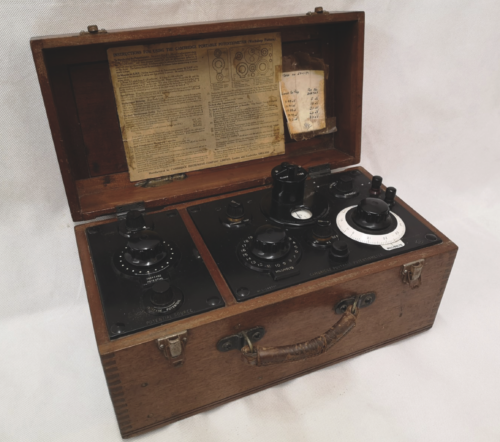Enclosures do more than contain and protect your electronics.
Odd as it may seem, electronics encased in a handcrafted wooden box would once have been seen as cutting edge. Now, such enclosures are ancient history—a curio from a bygone age. If you see a well-worn housing today, you assume the circuits inside are equally antiquated.
And that’s a crucial point. In the world of technology, where devices must be perceived as being cutting edge, enclosures don’t just contain and protect your electronics: they sell them. First impressions count. Users buy with their eyes. Enclosure aesthetics play a key role in determining whether people will buy your products… or ignore them.
Today, you’d have to look hard to find PCBs housed in wood. Plastic and metal have for decades dominated as the enclosure materials of choice. However, even as recently as the last 10 years, there has been a subtle but significant evolution in the materials used and how they are finished.
Plastic and metal enclosures typically sit in two distinct camps—never the twain shall meet. However, some models, such as OKW’s SMART-TERMINAL and the award-winning SYNERGY range, have combined the two materials to create a smart new look with enhanced technical benefits.
These standard and customizable enclosures are aimed at high-end electronics. Both models feature extruded anodized aluminum bodies with plastic top and bottom sections (SYNERGY) or end covers (SMART-TERMINAL). SYNERGY’s pillar-based construction system means no fixing screws are visible. Meanwhile, SMART-TERMINAL’s fixings are concealed deep within recessed end covers that combine two types of plastic (adding IP 54 ingress protection and a dash of color). Welcome to the future!

